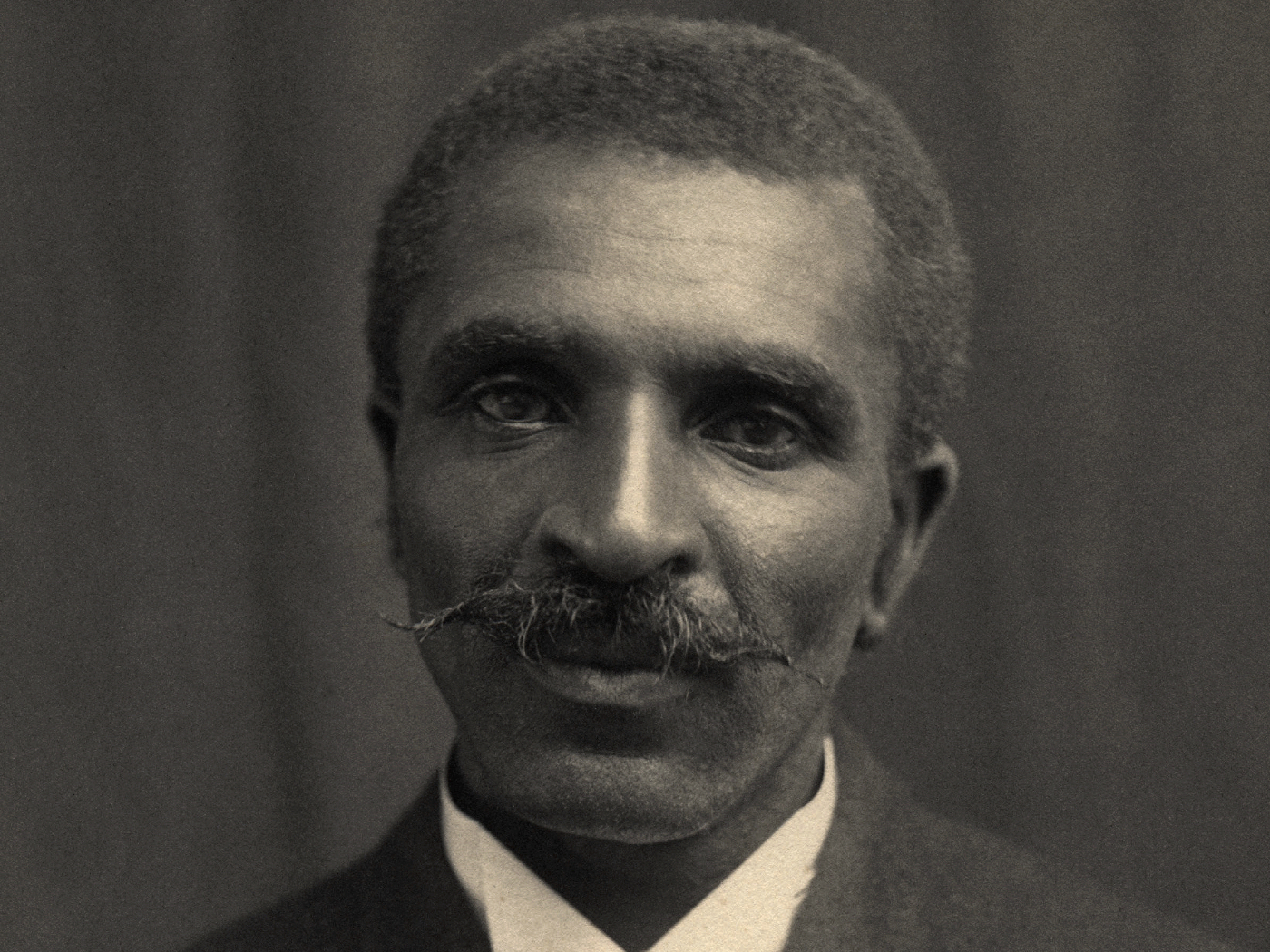After investing so much time and effort to understand how body parts interact, scientists keep turning up new and unforeseen connections—often when they ask the right questions. New and strange developments inspired a team to ask wacky questions about a unique white blood cell called Ly6Chi. And they found some profound answers.
Publishing in Cell Reports, German and U.S. scientists asked why the same cells showed up both in mouse brain and gut.1 They also asked why mouse brains stopped certain activities after antibiotics erased the helpful bacteria from mouse gut contents. The team knew Ly6Chi cells were present in a region of the brain’s hippocampus called the dentate gyrus (DG) that builds new cells as mice learn new things. This also happens in other mammals including man. What’s going on with these cells?
Ly6Chi cells belong to the immune system where they help immune surveillance. When mice or men get an infection, these cells also help activate body defenses. New results demonstrate that these special cells help the gut and brain communicate.
The study authors wrote, “Adult neurogenesis has been linked to hippocampus-dependent cognitive function, and it is required for memory resolution and for proper pattern separation in the DG of the hippocampus.”1 Ly6Chi cells play a key role in the DG, and therefore in memory and pattern resolution.
But they also play a key role in the gut. The Cell Reports authors wrote, “Therefore, we hypothesized the presence of a common mediator, which signals from the periphery to the brain, and that this messenger is affected by antibiosis and can be restored by exercise and probiotic treatment.”1 Hypothesis confirmed: Ly6Chi cells are that mediator.
The research team found that antibiotics zapped Ly6Chi cells from the gut and elsewhere, but probiotics brought them back into action. Mice that consumed probiotics or exercised on a running wheel reinvigorated their Ly6Chi cell population and hippocampus brain activity.
Only five years ago, few would have imagined such a complicated array of functions for just one cell. This research confirms that what enters the mouth to feed or starve gut microbes also influences brain function. It reveals that specific cells travel from the gut to tell the brain what’s going on with the microbes down there.
You never know what remarkable discovery waits for an inquisitive mind to ask the right question—even a wacky one.
Reference
- Mohle, L. et al. 2016. Ly6Chi Monocytes Provide a Link between Antibiotic-Induced Changes in Gut Microbiota and Adult Hippocampal Neurogenesis. Cell Reports. 15 (9): 1945-1956. Posted online on cell.com May 19, 2016, accessed May 20, 2016.
*Mr. Thomas is Science Writer at the Institute for Creation Research.
Article posted on June 16, 2016.












